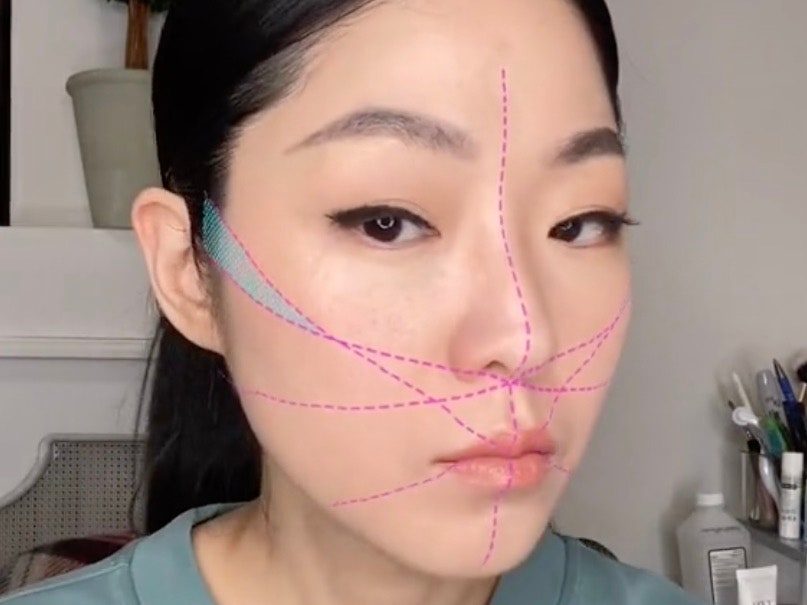There was a time when traditional cosmetics were the gateway to reinvention.
You stood in front of a mirror and did something—applied, blended, shaded. Your hands were involved. Your face felt it. Cosmetics were tactile, intentional, and, at least in comparison to surgery, temporary. Plastic surgery came next. For those who wanted the changes to last longer. For those who were ready to say, “This version of me? Let’s make it permanent.” But even then, the transformation started on the surface.

Today, the gateway has shifted again—but this time, it’s digital. Filtered images. AI renderings. Apps that can reshape your face in a second without ever laying a finger on your skin. No physical contact. No pain. No cost. Just the fantasy of perfection, delivered instantly.
People are still bringing these filtered and AI-generated images into makeup chairs and plastic surgeon consults.
“Can you make me look like this?” they ask—sometimes earnestly, sometimes apologetically. But that reference photo? That “inspiration”? It’s not them. It’s not even a real person. It’s code. And yet, it’s become the new standard.

The paradox is fascinating: something completely non-physical—pixels, algorithms—is now pushing people toward very physical interventions. People don’t just want to look like their favorite celebrity anymore. They want to look like their most-liked selfie.
There’s a strange dissonance here. We used to work from reality outward. Now, we start with fantasy—and ask reality to keep up.
And the implications aren’t just aesthetic. They’re emotional. Psychological. Cultural.
What does it do to someone’s sense of identity when the image they love most of themselves is the one that was never real to begin with? That’s not just a beauty conversation. It’s a human one.

